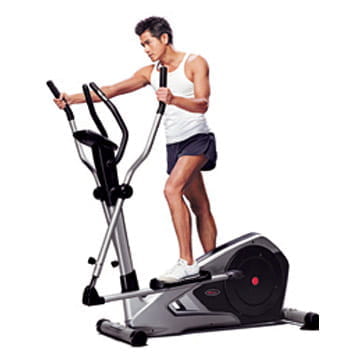Health Update
Garlic: A Natural Medicine
Garlic: A Natural Medicine
By Kevin DiDonato MS, CSCS, CES
I love those old folklore books. Whether it is mythical, a mystical love story, or just plain horror, nothing can compare to the page-turning books from past generations.
I just finished reading Dracula (again). This time it got me thinking about one piece in the book. What is the deal with garlic? I know the smell of garlic can be strong, but does it REALLY ward off the undead? Why garlic, why not say, spinach?
Literal figuration and symbolic figuration can be different. I remember analyzing this book and how Dracula symbolized the plague which ravaged the countryside in the 1800s. If this is the case, then I have the solution to my question! Let me explain.
Garlic has been used for thousands of years as a way to add flavor to food. However, garlic is used in other interesting ways. During Roman times, soldiers chewed on garlic for strength. In Romania, they still use garlic to ward off “evil." Whatever the use, garlic is one of the healthiest and most nutritious spices in cooking.
If you are wondering what the plague was, this is all you need to know: it was a sickness which killed many people. Garlic was used to fight the plague before modern drugs like penicillin and antibiotics came around. People used garlic to cure sickness and return people to good health. How? Well the answer: Garlic is one of nature’s antibiotics!
Allicin has been researched extensively as a way to ward off illnesses. Researchers think allicin can be a safe and effective antibiotic due to its antimicrobial activity, which fights bacteria invading our body, which can lead to sickness. Amazing! It also can control the growth of microorganisms and the spread of these microorganisms.
Maybe it’s just the smell which causes the bacteria to retreat! I doubt it!
Garlic also possesses antioxidant properties. As we all know, a result of our cells working overtime can be a buildup of free radicals. Those free radicals wreak havoc in the body, leading to increased inflammation. This can cause damage to cells and the walls in veins and arteries. Antioxidants found in garlic can limit the amount of free radicals, which can reduce inflammation caused by free radicals.
So what else can be said about garlic? Yes there is more!
Garlic has also been shown to help fight cancer. In China, garlic was shown to reduce gastric cancer among men who ate garlic regularly. It has been shown to block the binding of carcinogenic cells to DNA in cells. It can also break down carcinogenic genes. Some people theorize this is done through garlic’s ability to regulate cell proliferation or cell growth. Garlic has also been shown to inhibit the growth of transplantable tumor cells, and also inhibit the cancer cells which occur spontaneously.
Garlic can also help in the fight against heart disease. One part of garlic can help our arteries and veins dilate making it easier for blood to flow. Polysulfides found in garlic are broken down and produce a gas - hydrogen sulfide - which helps vessels to open or dilate. Also, research published in the American Journal of Clinical Nutrition, has proven garlic is effective at lowering total cholesterol, triglycerides, and increases HDL cholesterol.
One more thing: garlic can help in weight loss! Another sulfur-containing cell in garlic can reduce inflammation in the body. 1,2-DT has been shown to reduce inflammation in the body. Cells in the body, called preadipocytes, can become fully developed and turn into fat cells (adipose tissue). This happens under specific conditions, usually when there is an increase in the inflammation response. This compound may inhibit the inflammation response, therefore limiting the preadipocytes from becoming fat cells.
Garlic has been used for thousands of years as both a way to flavor our foods and to ward off evil. However, you need to prepare garlic correctly in order to reap the benefits. Once garlic is cooked, most of the nutrients are destroyed from the excessive heat. So what is the best way to prepare garlic?
Chop or finely cut garlic to get the full health effects of garlic. Once the garlic is chopped, allow it plenty of time to sit before adding it. This will allow the nutrients to start working, and retain all the cancer fighting, free radical destroying, and evil warding nutrients that make garlic the perfect food to help you stay healthy, fit, and germ free!
 Every morning, shortly after we get up we take our dog out for an hour walk. It’s our daily morning ritual. Fortunately weather in southern California allows us to participate in this joyful activity and we take full advantage of it.
Every morning, shortly after we get up we take our dog out for an hour walk. It’s our daily morning ritual. Fortunately weather in southern California allows us to participate in this joyful activity and we take full advantage of it. 